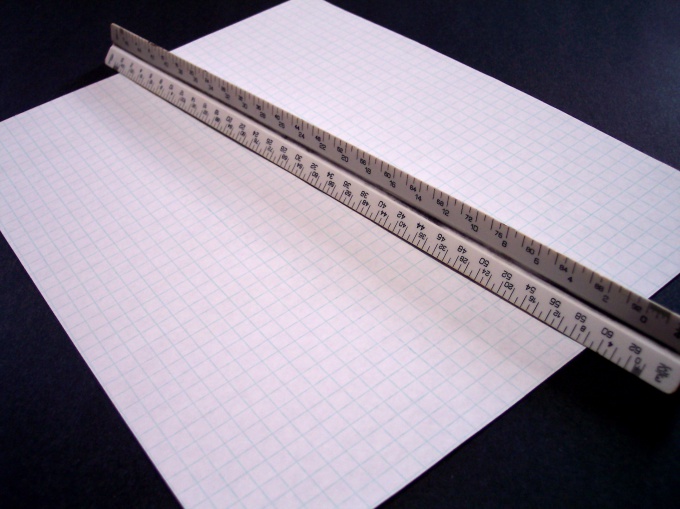You will need
- the triangle with the given sides;
- pencil;
- - gon;
- properties the height of the triangle;
- - the theorem of Heron;
- formula of area of triangle.
Instruction
1
Construct a triangle with given sides. Label it as ABC. Known side indicate numbers or letters a, b and C. side a is opposite angle A, side b and C respectively opposite angles b and C. Guide height to all sides of the triangle and designate them as h1, h2 and h3.
2
The height of the triangle the three sides can be found using different formulas. Remember, what is the area of a triangle. It is calculated by multiplying the base by the height and dividing the result by 2. At the same time, the area can be found by Heron's formula. In this case it is equal to the square root of the product of properiety and differences it with all parties. That is, a*h/2=√p*(p-a)*(p-b)*(p-c), where h – height, p – pauperised, a, b, c be the sidelengths of a triangle.
3
Find properiter. It is calculated by adding the size of all sides. It can be expressed by the formula p=(a+b+c)/2. Instead of letters, substitute the appropriate numerical values. Calculate the difference properiety with each of its sides.
4
Find the height h1, lowered to the side of a. It can be expressed by a fraction, the denominator of which is the value. The numerator of this fraction is the square root of the product of properiety and its differences with all sides of this triangle. h1=(√p*(p-a)*(p-b)*(p-c))/a,
5
You can properiter not specifically calculate and Express the area according to another embodiment of the same formula. It is equal to quarter of the square root of the product of the sum of all of the parties at the sum of every two of them deducted from this amount size third party. That is, S=1/4*√(a+b+c)*(a+b-c)*(a+c-b)*(b+c-a). Then the height is calculated in exactly the same way as in the first case.
6
The other two heights can be calculated by the same formula. But you can also use the fact that the ratio of the heights together with the relevant parties and may be expressed by the formula h1:h2=1/a:1/b. You already know h1 and the sides a and b are given in the conditions. So let's solve the proportion by multiplying h1 and 1/a and dividing all this by 1/b. In exactly the same way using any of the already known heights, you can find third party.

